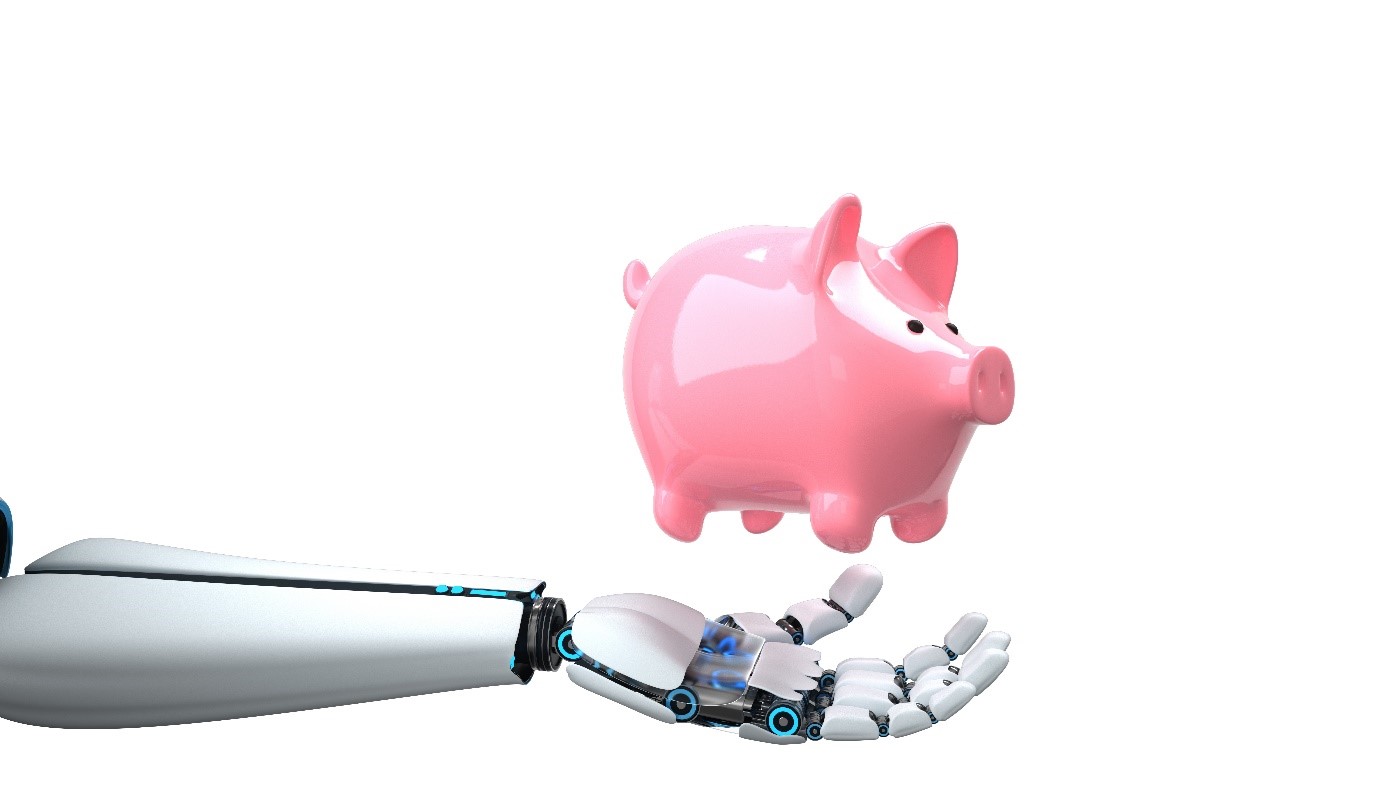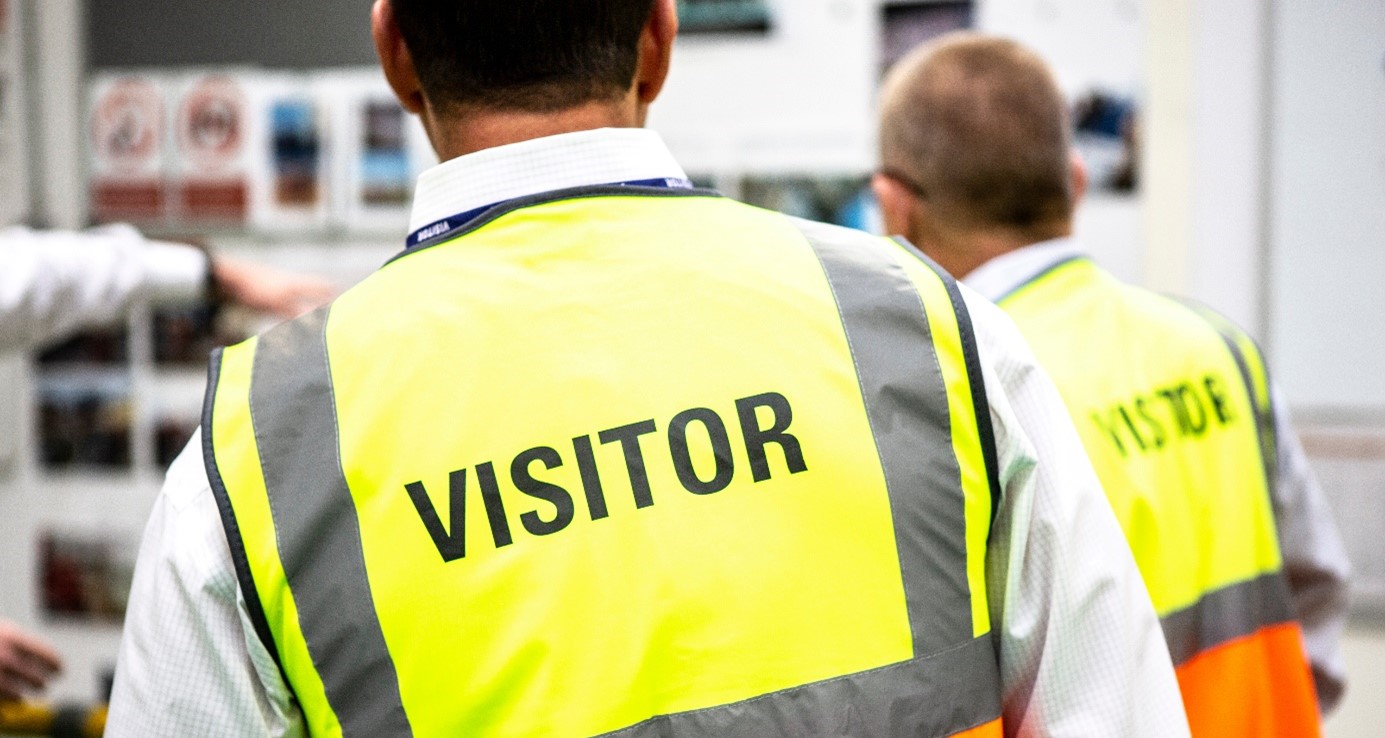Simplifying ERP Complexity for Better Supply Chain Control
ERP systems are not renowned for their simplicity. With the overwhelming ERP system complexity, there is a lot of technical data and parameters to maintain. Planners are often lost or dependent on data maintained by other remote teams. They have no way of ensuring that the system’s recommendations are correct. Usually, they end up calculating … Read more















